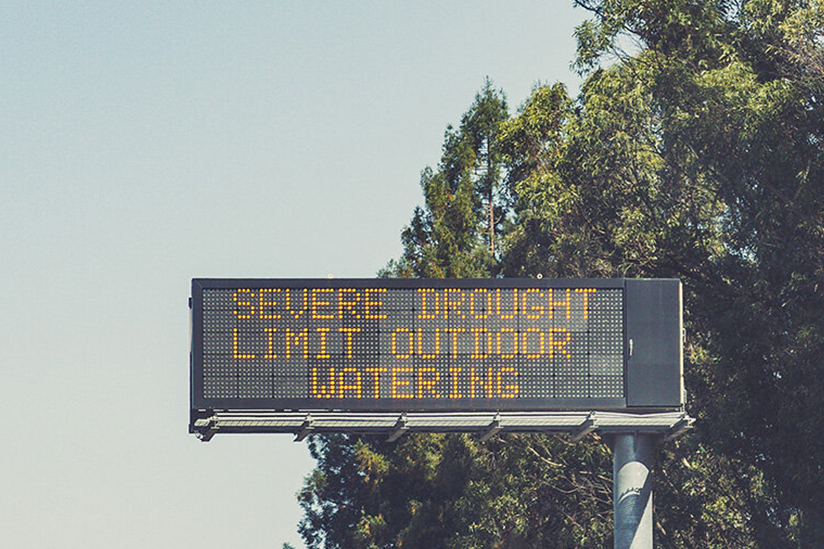Even after January’s storms, California faces a water-scarce future. A USC Dornsife economist and USC Viterbi engineer propose a way to test higher water prices as a conservation strategy without hurting low-income users.
Even after heavy snow and rainfall in January, western states still face an ongoing drought risk that is likely to grow worse thanks to climate change. A whopping snowpack is good news, but it doesn’t reduce the need for long-term planning.
Confronted with a shrinking supply of water for agriculture, industry and residential uses, water agencies have pursued different strategies to encourage water conservation. They have nudged customers to reduce water use, limited outdoor watering and offered incentives to rip out lawns. On the supply side, there are innovative ideas about using heavy rains to recharge groundwater.
Basic economics teaches us that a higher price for water would encourage conservation. Up until now, however, concerns about harming low-income households have limited discussions about raising water prices to reduce demand.
We know that it’s hard to pay more for essential goods such as food, energy and water, especially for lower-income households. Rather than raising everyone’s water prices, we propose a customized approach that lets individual consumers decide whether to pay higher prices.
Who is most able and willing to conserve?
One of the most common challenges involved in making markets work well is what economists call asymmetric information – when one party has more access to relevant information than the other party. Think about buying or selling a car before online tools like Carfax were available. Owners and dealers knew more about what each car was really worth, so they had greater bargaining power than buyers.
The West has millions of water users with a broad range of incomes who consume water at widely varying levels. These consumers, including urban households, businesses and farmers, know more than water agencies do about how readily they can conserve water.
For example, a person who owns a home with a large green lawn and who is conservation-minded may need only a small incentive to switch to native, low-water plants. Some farmers may need only a small incentive to replace water-intensive alfalfa production with a less water-intensive crop.
Water agencies could elicit this private information by making a “take it or leave it” offer to water consumers. Some of California’s electric utilities have already experimented with this opt-in approach to encourage energy conservation.
